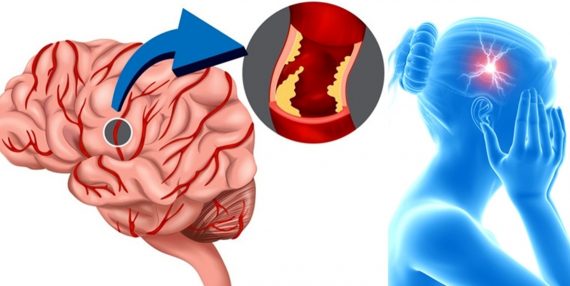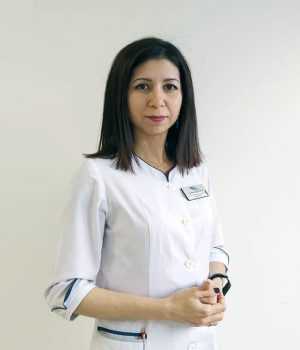Stroke or acute cerebrovascular accident (CVA) is a condition characterized by a sudden (within minutes, less often hours) appearance of focal neurological symptoms (motor, speech, sensory, coordination, visual and other disorders) and/or cerebral disorders (changes in consciousness, headache, vomiting, etc.), which persist for more than 24 hours or lead to the death of the patient in a shorter period of time due to a cause of cerebrovascular origin.

Stroke is one of the leading causes of morbidity and mortality in the world. In terms of prevalence, stroke is the most significant cause of morbidity and long-term disability.
The prevalence of strokes in the world is 460-560 cases per 100 thousand of the population per year. The frequency of newly diagnosed cases of stroke ranges from 100 to 200 thousand people per year.
Along with high mortality, cerebrovascular accidents are the leading cause of disability in adults, accounting for up to 80% of partial and up to 10% of complete disability.
In Uzbekistan, up to 40,000 new cases of stroke are registered annually, and more often it occurs among villagers (Gafurov B.G.).
The main causes of stroke are:
- Essential hypertension and arterial hypertension
- Diabetes
- Atherosclerosis of cerebral vessels
- Heart disease (heart rhythm disturbances – a permanent form of atrial fibrillation, a history of myocardial infarction)
- Blood diseases (erythremia, thrombophilia)
- Congenital and acquired cerebral aneurysms
- Intoxication (abuse of drugs, amphetamine, cocaine), as well as in the treatment of anticoagulant and fibrinolytic drugs
- Inflammatory changes in cerebral vessels, collagenosis, amyloid angiopathy
Stress, prolonged psycho-emotional stress, smoking, alcohol abuse, obesity, etc. can also lead to a stroke.
There are the following types of strokes: ischemic (when, due to certain reasons, blood does not flow to a certain part of the brain) and hemorrhagic (when hemorrhage occurs in certain brain structures). Each of the types of stroke is also divided into subtypes depending on the mechanism of the onset and development of stroke and its localization.
The main signs of a stroke:
- Sharp sudden headache
- Sudden and persistent dizziness
- Nausea, vomiting
- Change in consciousness (loss of consciousness, inappropriate behavior, etc.)
- Speech impairment
- Decrease in movements or complete loss of them in the arm, leg
- When talking, smiling, the asymmetry of the face is noticeable
- Sudden decrease or loss of sensitivity in certain parts of the body (more often in the arm, leg, face)
- Sudden visual impairment (loss of half of the visual field, etc.)
You must remember that the identification of these symptoms in a patient cannot yet assert that the patient has a stroke, but if they suddenly occur, you should immediately consult a doctor who can correctly interpret the symptoms identified in the patient.





